There is a distinct difference in goal when it comes to why the vampire is targeting a character. Abby’s main goal is survival, to continue killing to help herself. She is not neat or methodical when she attacks her prey. At the beginning of the film, she has a man, who poses as her father, Hakan, go out on his own to get blood for her. On one of these trips, Hakan gets into a car accident, leaving Abby to fend for herself. While Hakan would attain blood without leaving a trace, Abby was less methodical. Attacking one of Owen’s neighbors, she is impulsive and reckless. She struggles to control her impulses, making her dependent on others to survive. She needs a servant. Hakan’s death was bound to happen, and Abby planned for his replacement to be Owen. As a vampire, she has the inability to take care of herself in a way that will prolong her existence. Due to her lack of self control, she uses her charm to trap Owen into Hakan’s fate. Owen is a tool, an opportunity to continue living an easier life where she does not have to control her impulses.
There are common traits that vampire characters have on screen. Dracula (Tod Browning, Karl Freund, 1931) and Twilight show how alluring vampires are. Women are drawn in simply by their gaze. Jerry and Abby accomplish this in different ways. In Fright Night, Jerry captures the hearts of several female characters through his muscular frame and confidence. He’s a lady’s man, able to attain anyone he chooses. It is his predominantly male traits that get him what he wants, succeeding for most of the film’s runtime. He is portrayed as a real villain, an unstoppable force. His charming façade quickly falls apart in the audience’s mind, becoming unlikable. Fitting into the typical vampire model, his dark intentions are clearly laid out to the audience early on. While this is amplified by the story telling, Jerry’s physique and domineering allows him to achieve his goals with ease. As he has no faults, he appears less human to the audience. Empathizing with his character becomes impossible because he has no faults.
Out of the hundreds of vampire movies available to watch, very few show vampires depicted like Let Me In. While she has fangs and kills people, she fails to eat her prey in a way that protects her from being discovered. Abby fails, seeking food and shelter from the assistance of others. Despite the strength she may possess as an immortal monster, her female fragility makes her easy to empathize with. Jerry is a more common example of a vampire in film. He takes whatever he wants without consequence, making his death satisfying to the audience. We see his true intentions early on in the film while Abby’s is masked by her weaknesses. By comparing Fright Night and Let Me In, we have seen how the difference of gender can make a vampire character more likable and easier to empathize with.

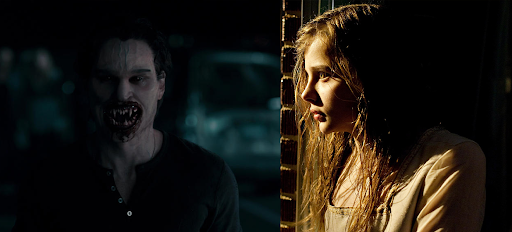
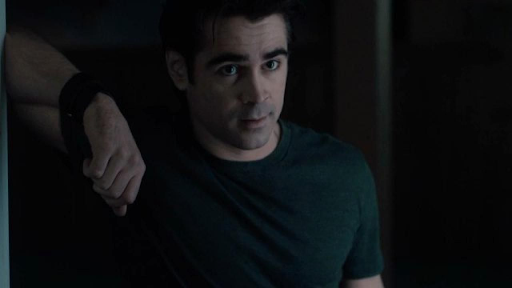
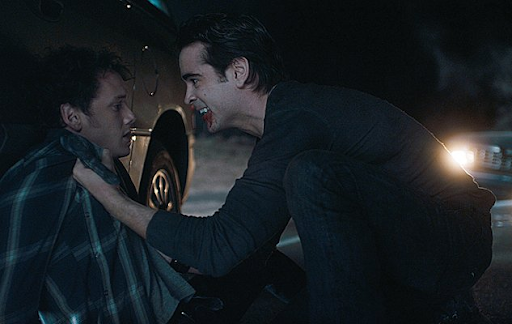
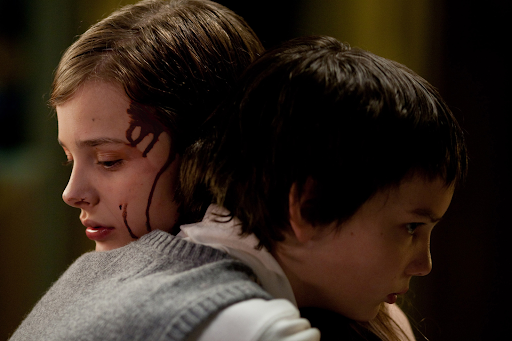
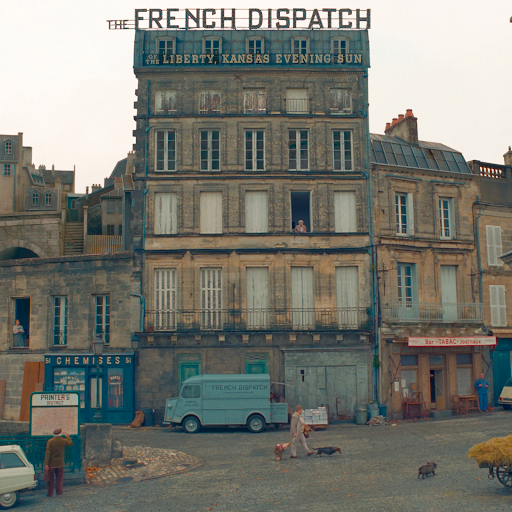
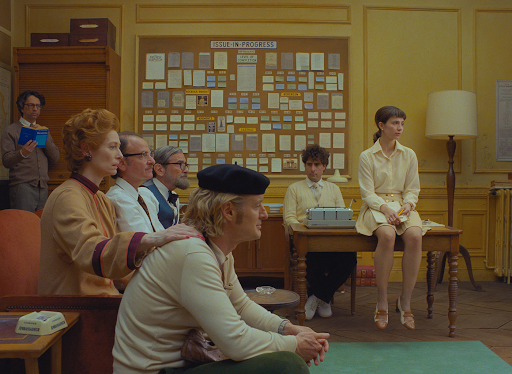
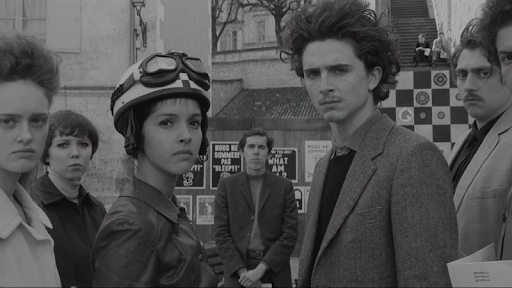
 RSS Feed
RSS Feed
